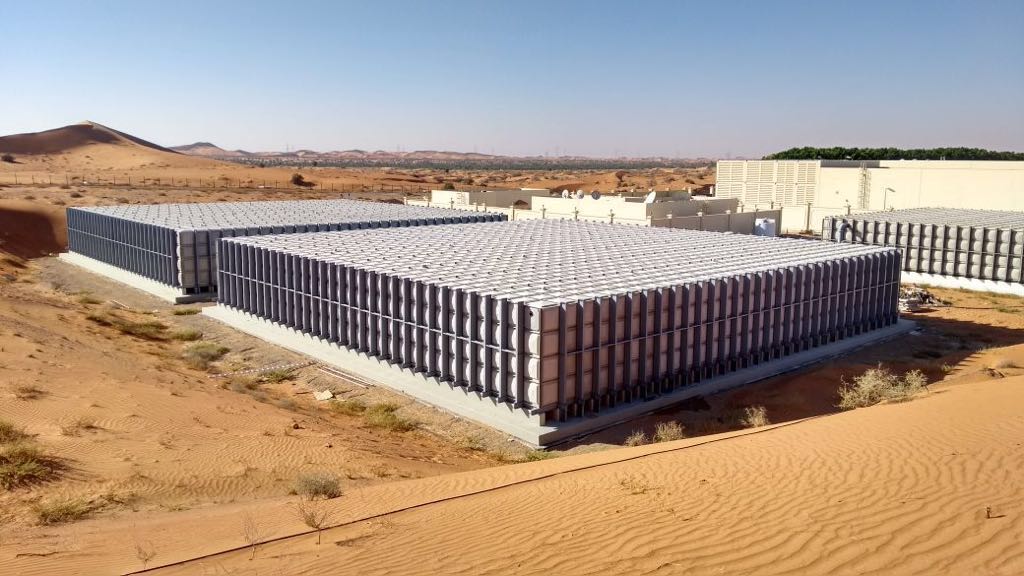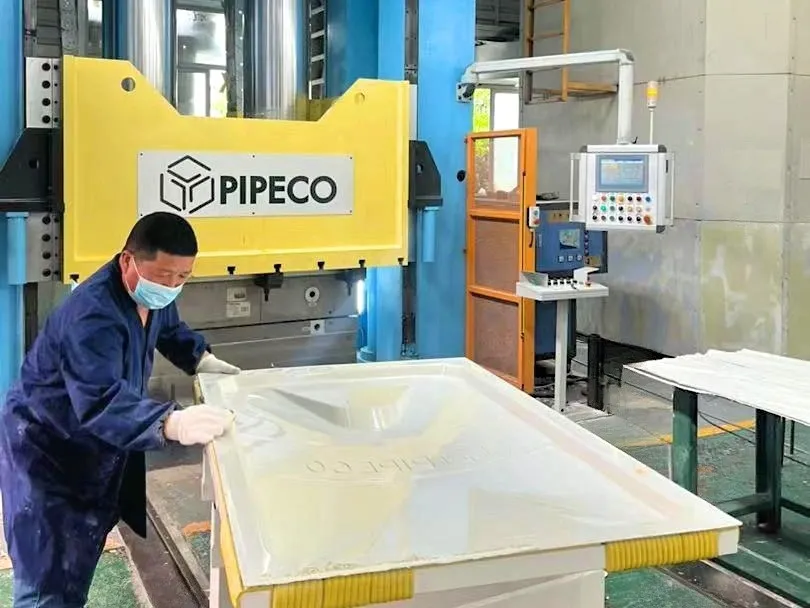Learn why Glass Reinforced Plastic (GRP) is the better choice for water storage tanks. GRP is strong, affordable, and lasts a long time.
Introduction
Water storage is important for many industries, homes, and municipalities. Among the available materials for water tanks, Glass Reinforced Plastic (GRP) has emerged as the leading choice due to its unique properties. This article will talk about the good things about GRP water tanks, how they are used, and why they are better than other options.
What is GRP?
GRP, also known as Glass Reinforced Plastic, is a type of composite material made by mixing plastic with fine glass fibers. This makes it lightweight yet strong, and it can resist corrosion, chemical degradation, and extreme environmental conditions. GRP water tanks, also known as fiberglass water tanks, are widely recognized for their reliability and efficiency.

Key Advantages of GRP Water Tanks
-
Corrosion Resistance: GRP does not rust or corrode, so it is safe to use for storing drinking water.
-
Lightweight Design: It is lightweight, so it is easier to transport and install than heavier materials like steel or concrete.
-
Longevity: GRP tanks last for over 25 years if they are well-maintained.
-
Customizability: Available in various shapes and sizes, including GRP sectional tanks and modular designs.
-
Hygienic and Safe: It is also hygienic and safe because it is non-toxic and resistant to algae, which keeps the water clean.
-
Low Maintenance Costs: GRP requires significantly less upkeep compared to steel tanks.
-
Thermal Insulation: Natural insulation properties help maintain consistent water temperatures.
Applications of GRP Water Tanks
GRP water tanks are versatile and serve various industries and purposes, including:
-
Domestic Use: For home use, it's a safe way to store drinking water.
-
Commercial Buildings: Fire suppression systems and water storage.
-
Industrial Applications: Chemical storage and processing water tanks.
-
Agriculture: Irrigation systems and rainwater harvesting.
-
Municipal Projects: Municipal projects include large-scale water distribution and treatment systems.
Comparison: GRP vs. Other Materials
|
Feature
|
GRP
|
Steel
|
Concrete
|
|
Corrosion Resistance
|
Excellent
|
Requires protective coatings
|
Limited
|
|
Weight
|
Lightweight
|
Heavy
|
Very Heavy
|
|
Maintenance
|
Minimal
|
High
|
Moderate
|
|
Lifespan
|
25+ years
|
10–15 years
|
20–30 years
|
Maintenance Tips for GRP Water Tanks
To ensure your GRP water tank lasts for decades, follow these tips:
-
Inspect the tank periodically for cracks or damage.
-
Clean the tank every year to remove sediments and algae.
-
Prevent overloading by adhering to capacity guidelines.
-
Finally, avoid dropping things on it or putting heavy objects on top of it.
Conclusion
GRP water tanks have many benefits over other materials, like steel and concrete. They last a long time, don't rust, and are affordable. This makes them the best choice for water storage in many industries. Whether you need a GRP sectional tank for a commercial project or a compact fiberglass tank for domestic use, GRP ensures long-lasting performance and peace of mind.
Explore the wide range of GRP water tanks available at PIPECO and discover why industries worldwide trust GRP for their water storage needs.


